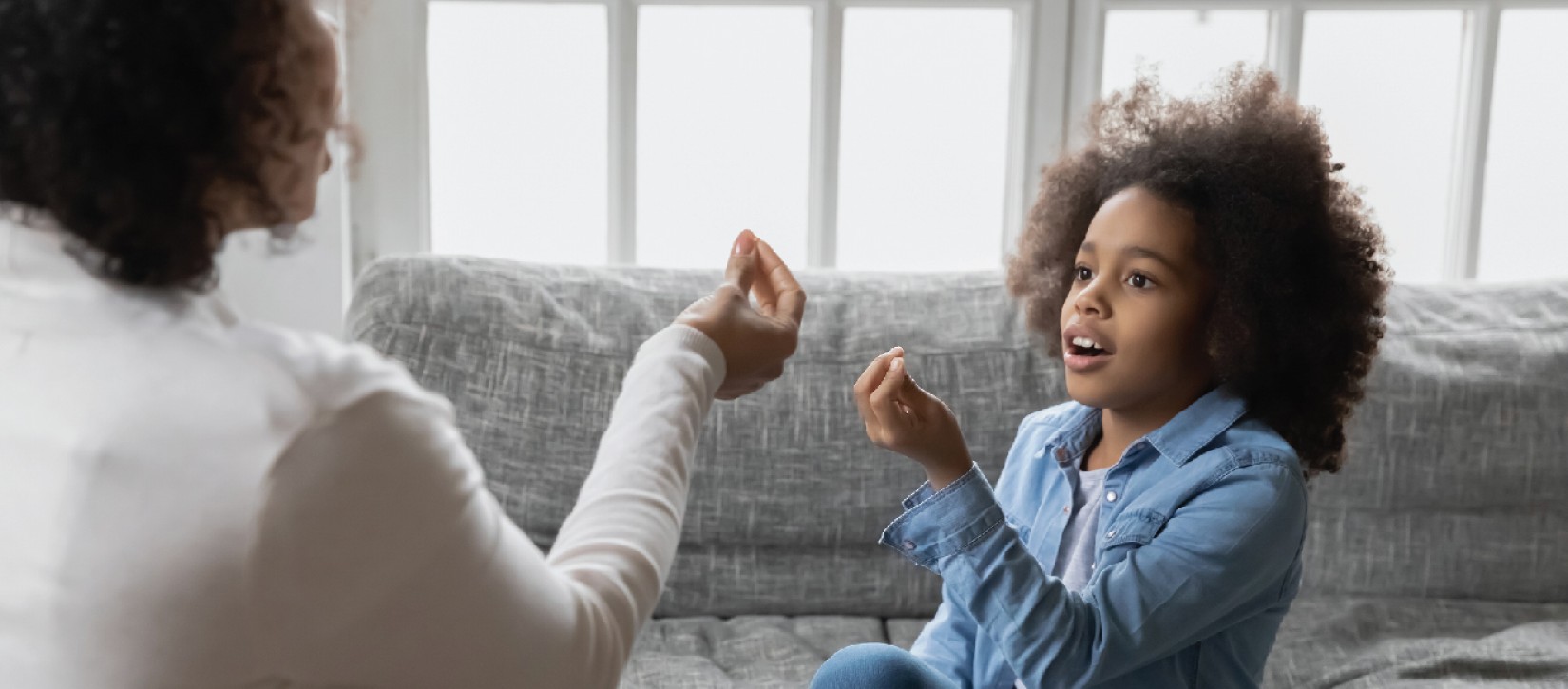Choose another country or region to
see content specific to your location

When you’re working in education, healthcare or social care, you’re likely to meet children who have experienced different types of trauma. An Australian study has shown that around half to two-thirds of young people have either experienced or witnessed at least one traumatic event by the age of 16.
Trauma can have a lasting impact, but the more your team knows what to look out for and how to help, the better the outcome for the child. A trauma-informed approach can help you give young people the support that they need to live happier, healthier lives.
What is trauma?
Trauma is the impact of a deeply stressful event, or series of events, which overwhelms a person’s ability to cope. People can be traumatised by something that happens to them or something that they see or learn about happening to someone else.
There are three main causes of trauma:
Every person’s reaction to their experience will differ, both immediately and in the longer term. So it’s important to be able to understand the symptoms of trauma, especially when it comes to a young person’s emotions and behaviour. Because if it remains unrecognised and unresolved, it can negatively impact just about every part of their life.
The impact of psychological trauma
Research has shown that children and young people who experience trauma often stay in a state of high alert, believing that they’re under threat even if they’re not. This heightened state can lead to a reduced capacity to learn and develop, as the ‘thinking’ part of the brain gives way to the ‘survival’ part of the brain – the part that prompts the flight, fight or freeze response.
You might notice increased emotional outbursts such as crying, shouting, unpredictable behaviour or physical aggression. Or children may become more withdrawn, staying away from people or stopping activities that they previously enjoyed. They may be more jumpy, or find it hard to focus. And if they believe that the perceived threat comes from those around them, they can struggle to trust adults and make friends. This can make the school environment very difficult, leading to a greater chance of truancy, refusal and exclusion.
In the longer term, unresolved trauma can make people more prone to depression and anxiety, and more likely to indulge in risky behaviours such as vaping, drug taking and excessive alcohol consumption. There’s also an increased risk of self-harm and suicide. The constant threat response puts a lot of stress on the body too, leading to a greater risk of things like diabetes, obesity, heart disease and cancer.
It’s clear that recognising the signs of trauma in young people, and understanding the right action to support them, has the potential to change the trajectory of their lives. The next step is to assess the child in a way that minimises the chance of re-traumatisation and starts the process of healing.
Taking a trauma-informed approach
Most children will have some level of difficulty dealing with a distressing event. Their reaction will depend on a range of factors, including their age, life experience, how much control they had over the event and the level of adult support.
Many young people will struggle to talk about their experiences. They might not want to remember it; they might feel embarrassed or ashamed; they might not trust adults enough to open up to them.
A trauma-informed team can create an environment that helps children and young people feel safe enough to talk, play, engage and connect with the world around them. Over time, this builds a full picture of their experiences, which means teams have the best chance of empowering the young person to be future oriented rather than focused on survival. It can also be the first step in nurturing more positive relationships, as they learn to trust the people around them.
As this trust builds, and the young person starts to process their trauma, it also presents an opportunity to develop their resilience. With the right support, they can learn new skills and strategies to cope with adversity and challenges more effectively, protecting themselves from re-traumatisation in the future. This means they’ll be better prepared to manage difficulties as they grow and develop, starting with a more successful school experience. And this can set their entire lives on a more positive path.
How Maybo can help
Our online course, Understanding trauma and trauma-informed approaches in Children and Young People, offers a starting point for anyone who supports children and young people affected by trauma.
No knowledge or experience is required, and you can do the eLearning programme at any time that suits you. It’s a practical and engaging way to provide trauma-awareness training, whether it’s for individuals or your whole workforce. Start your journey to becoming trauma-informed today.
If you would like to discuss how we can help you please get in touch with one of our experts today